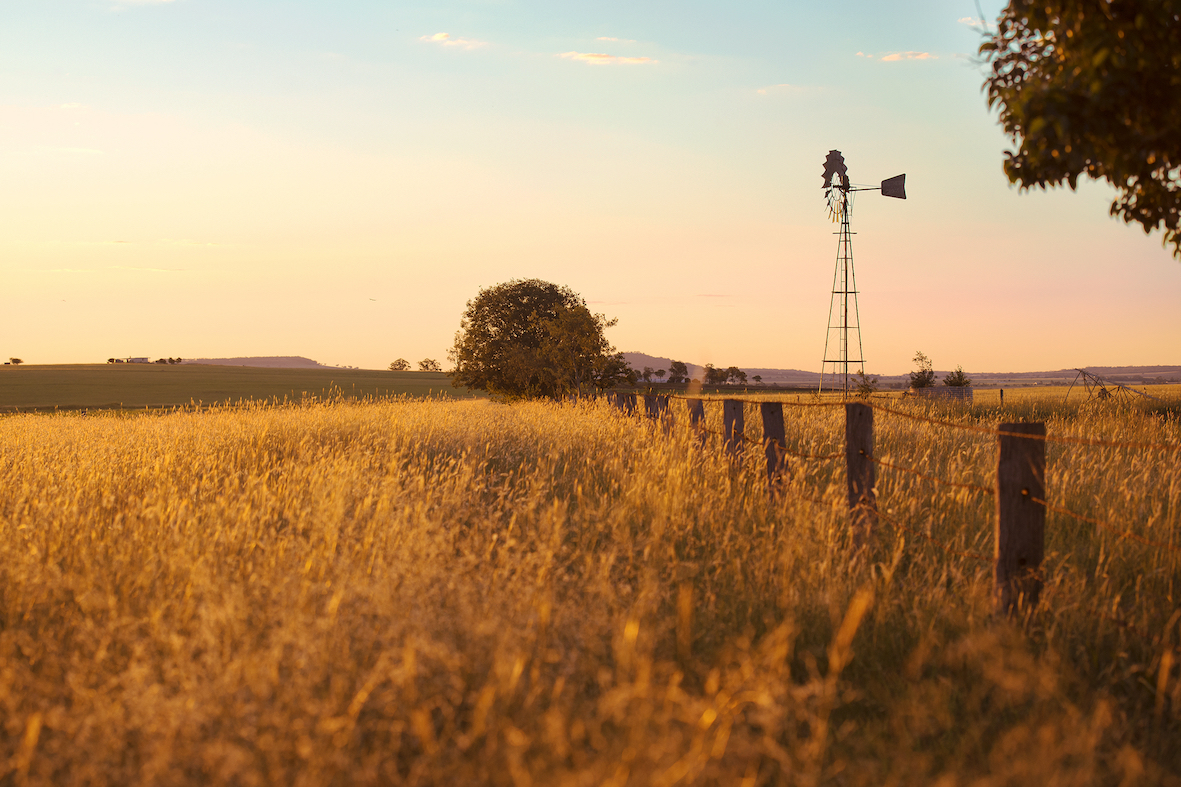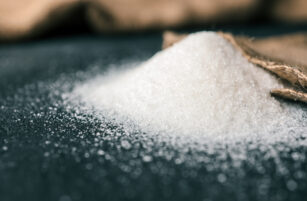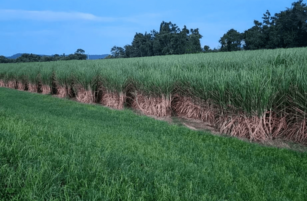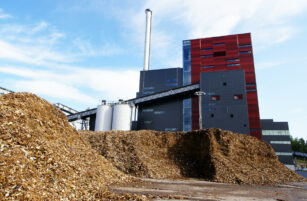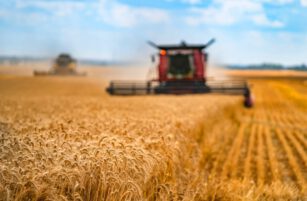- Australia received plenty of rain in June.
- Some cane farmers are struggling to harvest waterlogged fields as a result.
- The mills’ crushing pace is therefore slowing.
Wet Weather Slows Cane Crushing
- Queensland, Australia’s main cane-growing region, received 26.26mm of rain in June.
- It’s not had this much rain in June since 2017.

- The mills had crushed 2.88m tonnes of cane by the 3rd July, up 419k tonnes year-on-year.
- However, some cane farmers are now struggling to harvest waterlogged fields, which means crushing is slowing.
- It dropped last week and could continue to do so if it keeps raining.

What Does This Mean for the Australian Sugar Industry?
- Above average rainfall could persist until October.
- If it does, we may need to reduce our sugar production and raw sugar export availability estimates (4.4mmt and 3.4mmt).
- This is because cane and raw sugar production, along with deliveries to port, could be delayed.
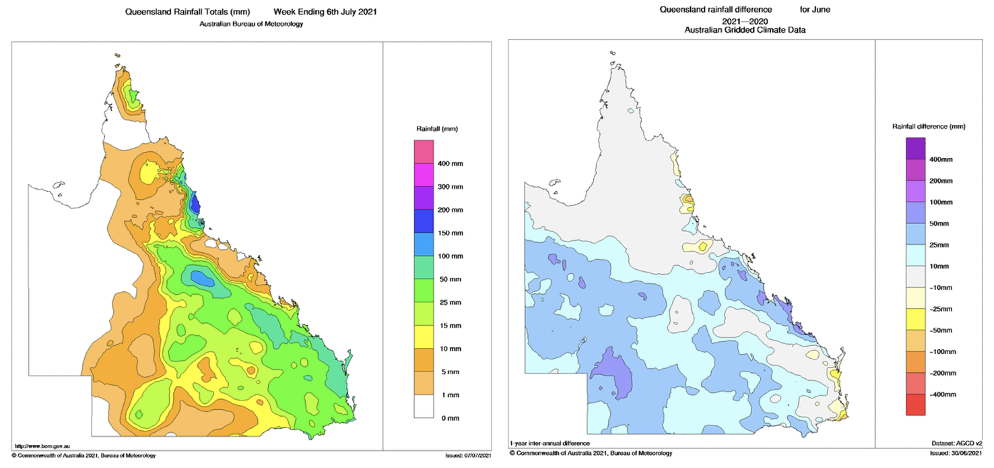
- Nevertheless, we currently think Australia will satisfy 30% (1.24mmt) of the Far East’s raw sugar demand (4.1mmt) in Q3’21.

- Thailand’s raw sugar export availability is at a 16-year low, meaning nominations are flying in, especially from Indonesia, Japan and South Korea.

- However, if Australia’s crushing pace seriously slows and results in logistical disruption, some importers may have to draw down stocks or turn to other origins for their raw sugar.
On a Positive Note…
- All this rain has helped cane development and means 88.26 tonnes should be harvested per hectare, up 1.85 mt/ha year-on-year.

- The canes’ sugar content also looks better than recent seasons (but it may be diluted if it continues to rain).
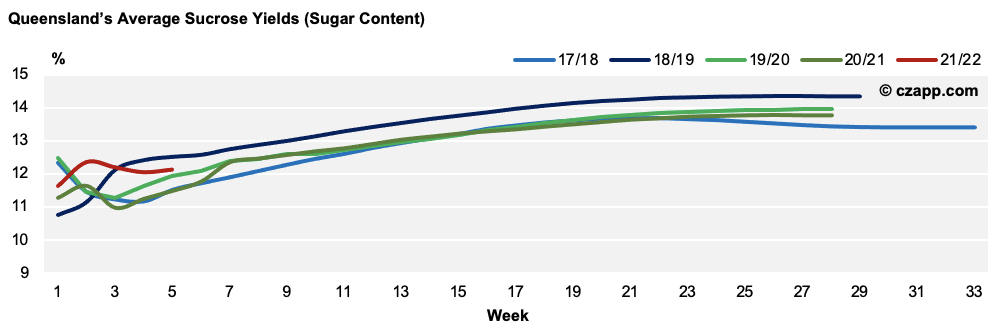

Other Opinions You Might Be Interested In…
Explainers You Might Be Interested In…

